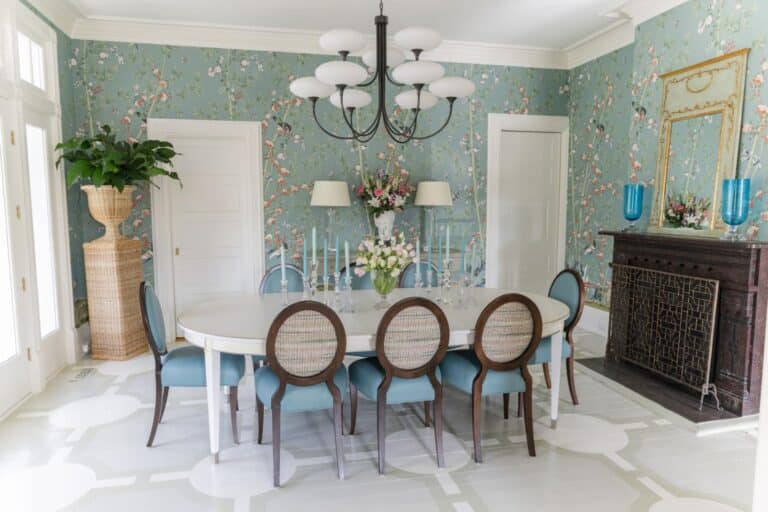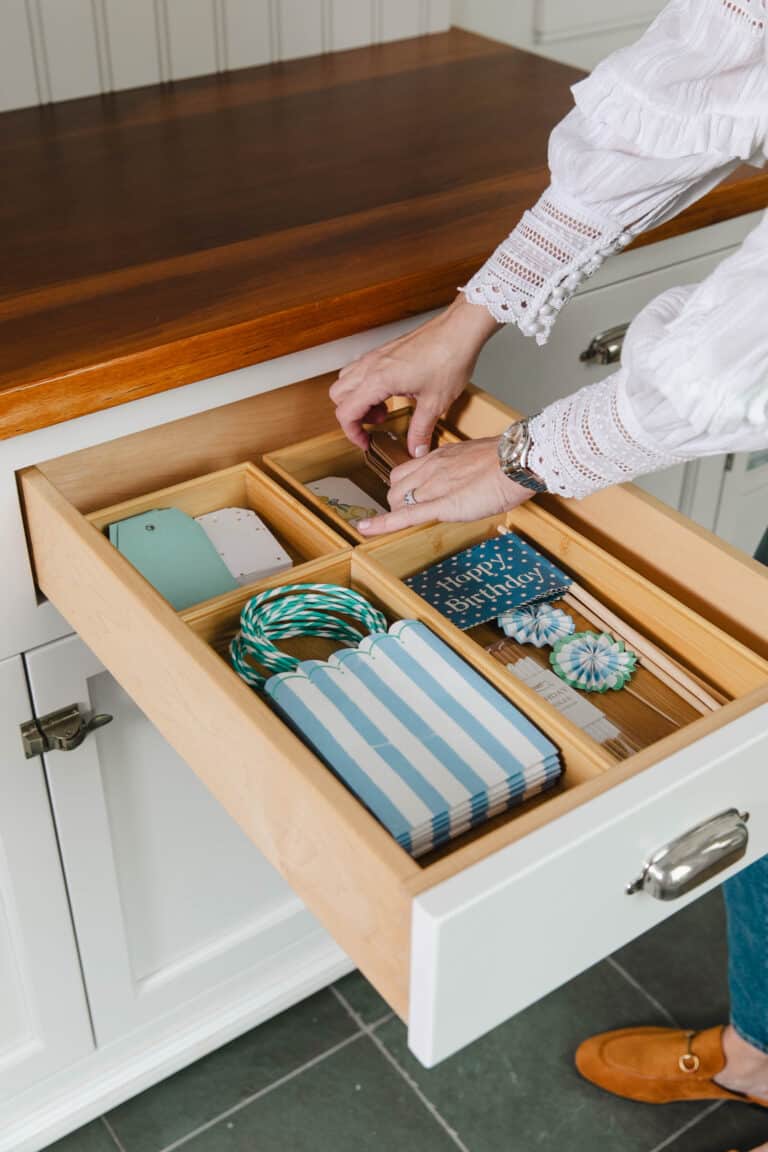Nothing beats simply heading to your backyard for a swim in the pool—no driving, no packing the car, no crowds. And if you’ve decided this is a good time to add that pool to your property, you’re not alone: “Everybody’s spending time at home, and everybody’s saying, ‘We’ve been thinking about a pool for years and now maybe it’s the time to pull the trigger on this,’” explains Brandon Jones, director of design and partner at Wilton, CT-based Glengate Company, which offers pool design, installation and maintenance. He says the company has seen a surge in installation inquiries recently.
John Gedney, III, vice president of Wagner Pools in Darien, CT, echoes that. “Demand for swimming pools has increased dramatically,” he explains. “People are looking to turn their back- yards into their own personal resorts.” If you’re ready to go the at-home resort route, here’s what to consider:
1.HAVE YOUR PROPERTY SURVEY HANDY.
Before you start picking out pool floats, dig up your property survey, recommend experts. “This tells us—and [homeowners]—what we will be able to do on their property, in relation to property line set-backs, set-backs from wetlands, well and septic systems, as well as cover- age,” says Gedney.
It’s smart to have this on hand at your first consultation with the company designing your pool. “We recommend that the homeowner has an updated land survey available at that meeting so we can have a thorough discussion about the property and their goals,” says Daniel Kollar, chief operating officer of Shoreline Pools, Inc. in Stamford, CT.
2.CONSIDER HOW YOU WANT TO USE THE POOL.
“I think there are a lot of things that you need to think about initially. First of all, what do you really want to be doing in that pool,” says Jones. For instance, will you use the pool to exercise, or as a dipping pool; will it primarily be a place for kids to use as they grow up, or more as an entertaining space, he says. “It’s really about the functionality,” explains Jones. This is another discussion that often happens at the first consultation, says Kollar. “Our goal is to get an understanding of the physical site, existing architecture of the home, and how the customer intends to use the pool—who the swimmers will be, their style, entertaining needs, etc.,” he says. “The more we know about the property conditions and the customer’s vision, the more thorough we can be in our plans and recommendations.”
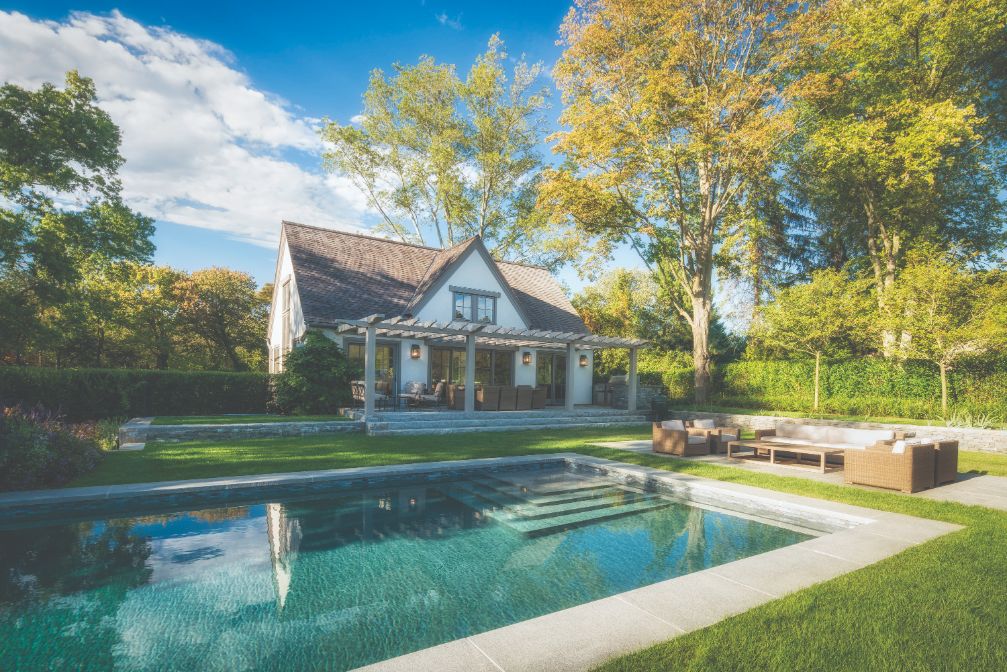
3.PAY ATTENTION TO THE DESIGN OF YOUR HOME.
In the same way that you’d want an addition to your home to feel like a seamless part of the design, so too would you want the pool. The aesthetics of the home is something that Jones begins observing and talking about with clients from the get-go—and that includes every- thing from the architecture style to the interior décor to even the art on the walls, he says. “As I start to think about all of those things and observe them, we start to compile a design program of aesthetics and how [the pool is] relatable to every- thing that they’ve done with their house and with their residence already,” he explains. Also important: In the Northeast, you have to think about how your pool will look when it’s covered in the middle of winter—not just how beautiful it will be on a sunny summer day, says Jones. “It needs to be something that you consider as you design a pool,” he advises.
4.BUILD YOUR TIMELINE. Designing and installing a pool could take anywhere from two months to upwards of 10 months, say experts, depending on what the project entails. And of course, complications can occur. “Things that can pause a pool project are waiting for inspections, weather, and customers being undecided on materials,” says Gedney.
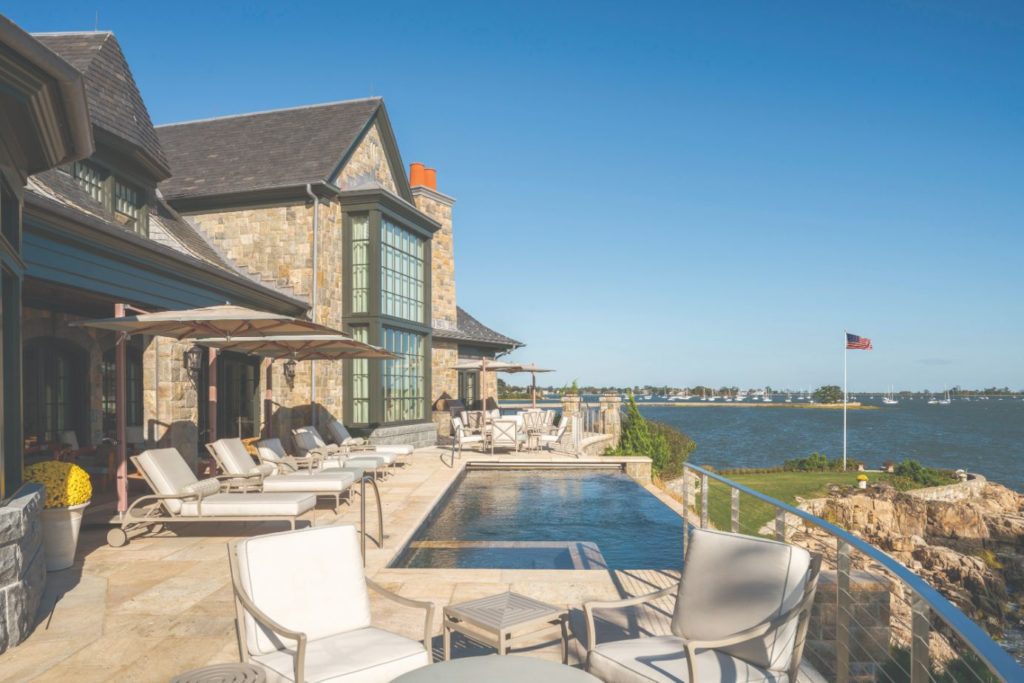
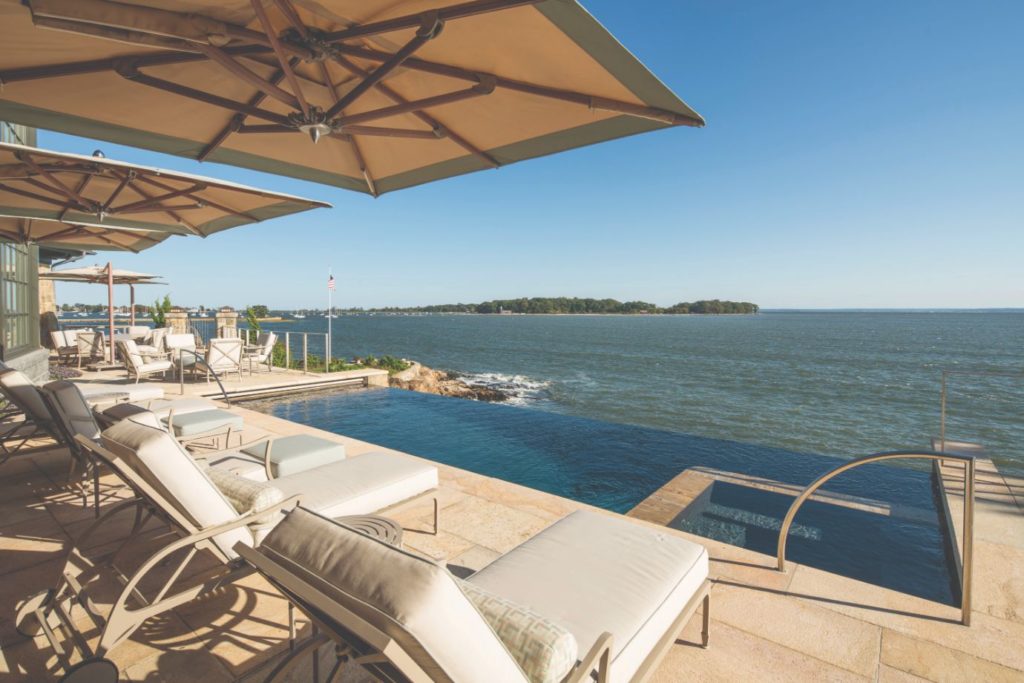
5.AND YOUR BUDGET.
Along those same lines, the budget will depend on what exactly you want. But having a design plan is a good start. “The conceptual design plan will also allow the pool builder to create more accurate budget estimates and pro- vide recommendations for how to best approach the construction process,” says Kollar. “There really isn’t any set budget,” says Roger Haggerty, president of Haggerty Pools in Norwalk, CT. “Every pool and project is different. Advice I give is that you start with giving me everything on your wish list and then scale back if it doesn’t fall into your original budget.”
6. KEEP SAFETY REGULATIONS TOP OF MIND.
There are a number of different safety measures and regulations to consider. For instance, fencing is mandatory; it has to be an unclimbable barrier that’s at least four feet high, says Jones. But how you achieve that can vary, and may include various structures from stone wall to architectural fence, he says.
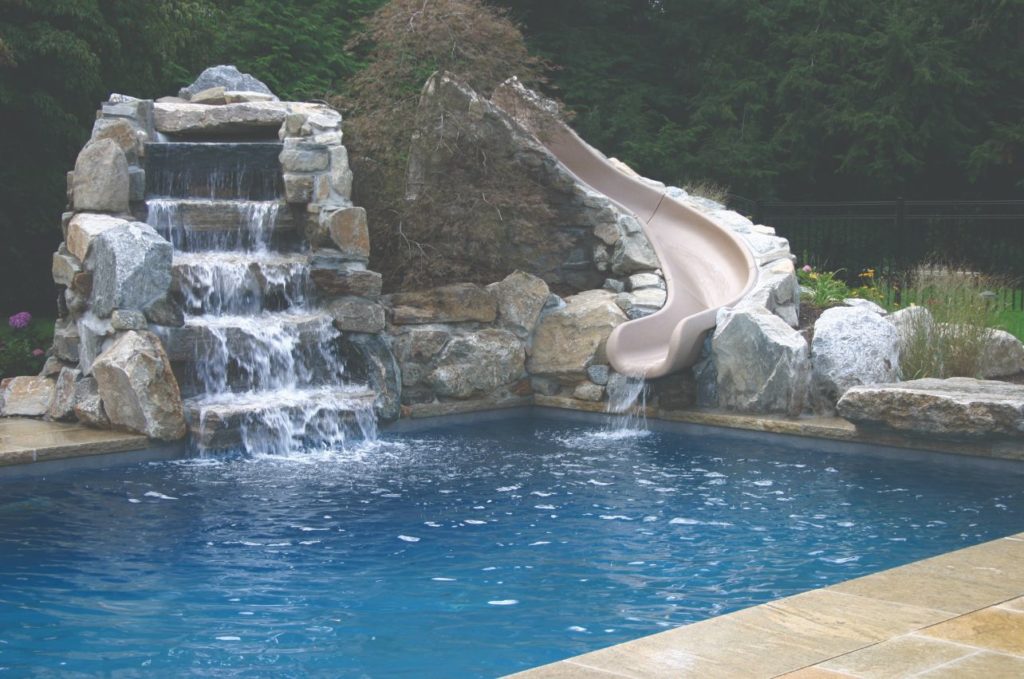
7. DO YOUR RESEARCH.
Kollar offers this advice as you begin: “As with any significant investment, it’s important to research your options. In vetting potential pool builders, look for the one that best understands your vision, thoroughly explains the process, and offers strategies for how to best approach your specific project. Lastly, make sure the builder has the proper internal resources, operational platform, and track record of delivering on promises with similar projects.”
Caption For Feature Image: Among its amenities, this Greenwich, CT, pool by Wagner Pools includes a hydrotherapy spa with 16 jets, an automatic cover and ozone/UV sanitizing.

